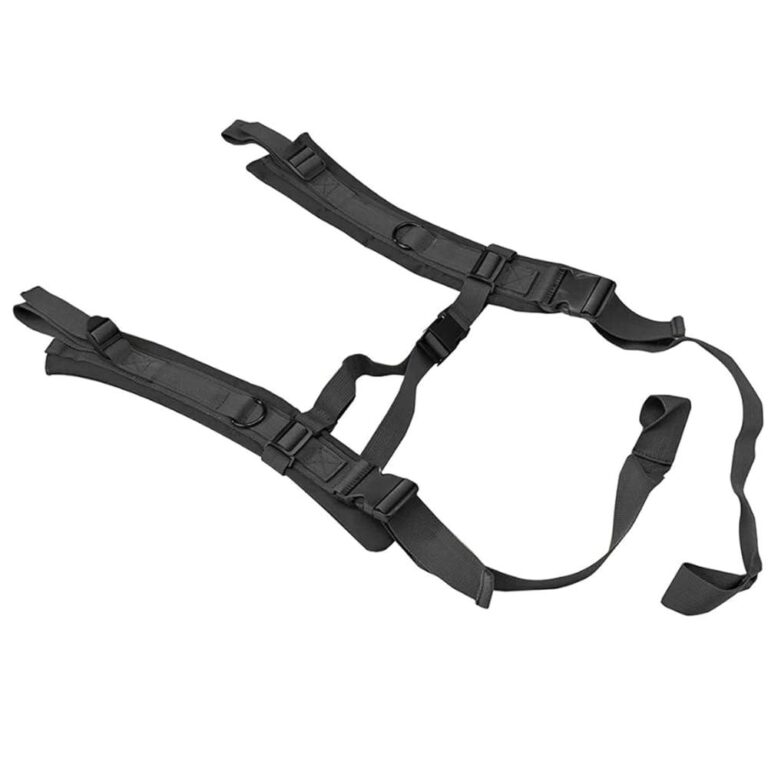In a recent development that has stirred considerable debate, former U.S. President Donald Trump claimed credit for fostering a truce between India and Pakistan, attributing the détente to his administration’s tariff policies. Speaking publicly, Trump suggested that the economic pressures exerted through tariffs played a crucial role in bringing the two longstanding rivals closer to peace. This assertion has sparked discussions among analysts and policymakers about the true impact of U.S. trade measures on South Asian geopolitics, as well as the broader implications for regional stability.
US Peacekeeper Role Faces Scrutiny Amid Tariff Disputes
Former President Donald Trump recently asserted that the United States played a pivotal role in facilitating the ceasefire between India and Pakistan, attributing it largely to his administration’s pressure tactics involving tariffs. This claim has stirred debate among experts and officials who question the direct correlation between tariff policies and diplomatic breakthroughs in the complex South Asian geopolitics. Critics argue that attributing the truce solely to trade dynamics oversimplifies the nuanced realities of India-Pakistan relations, which have historically been influenced by multiple factors including international mediation, bilateral dialogues, and regional security concerns.
Meanwhile, the scrutiny over the US peacekeeping role underscores broader discussions on how economic tools like tariffs are leveraged in international diplomacy. Observers have highlighted the following key points:
- Trade Tensions: Tariffs imposed during the Trump era targeted several countries, including India, raising questions about their diplomatic efficacy.
- Peace Negotiations: Ceasefire efforts have traditionally included mediation by various international actors, not exclusively the US.
- Strategic Interests: Washington’s South Asia policy focuses on counterterrorism and regional stability, alongside economic concerns.
| Aspect | US Role | Expert View | |||
|---|---|---|---|---|---|
| Economic Pressure | Tariffs on Indian exports | A factor, but not decisive | |||
| Diplomatic Mediation | Limited direct involvement | Multiple actors essential | |||
| Aspect | US Role | Expert View | |||
| Economic Pressure | Tariffs on Indian exports | A factor, but not decisive | |||
| Diplomatic Mediation | Limited direct involvement | Multiple actors essential | |||
| Strategic Interests | Focus on counterterrorism and stability | Key driver behind US policy |
—
### Summary
Former President Donald Trump has claimed that his administration’s tariff policies were instrumental in securing a ceasefire between India and Pakistan. However, experts and officials argue that the situation is far more complex, with multiple factors influencing India-Pakistan relations, including international mediation and regional strategic concerns. While economic pressure through tariffs was present, experts consider it one of many elements, rather than the decisive factor. Washington’s approach has largely emphasized counterterrorism and regional stability alongside economic interests, with limited direct diplomatic mediation in the peace process.
Analyzing Truce Between India and Pakistan Through the Lens of Economic Policies
The recent ceasefire between India and Pakistan has sparked debates beyond diplomatic corridors, especially regarding the economic undercurrents influencing such developments. Analysts point to the complex interplay of economic policies, where protectionist tariffs and trade barriers have indirectly shaped the geopolitical landscape. The imposition of tariffs by both nations, as part of their broader economic strategies, has created a dynamic where external actors like the US find themselves positioned as inadvertent peacekeepers, wielding economic influence that subtly pressures both sides toward dialogue. This phenomenon underscores how economic tools can double as instruments of soft power within conflict resolution frameworks.
Delving deeper, the economic policies adopted by India and Pakistan reveal a strategic balancing act aiming to safeguard domestic industries while managing regional security concerns. The repercussions of these policies are visible in trade volumes, investment flows, and cross-border economic exchanges, all of which directly impact bilateral relations. Consider the simplified comparison below illustrating tariff rates and trade impacts since the truce:
| Country | Average Tariff Rate (%) | Trade Volume Change | Economic Impact |
|---|---|---|---|
| India | 12.5% | +4% | Boost in local manufacturing |
| Pakistan | 11.8% | +3.5% | Increased export diversification |
- Tariff adjustments have contributed to addressing trade imbalances.
- Economic stability acts as leverage for sustained peace negotiations.
- External economic pressures play a critical role alongside diplomacy.
Recommendations for Strengthening Peace Initiatives Despite Trade Tensions
Diplomatic engagement must be insulated from economic confrontations to preserve and promote peace between India and Pakistan. Both nations should prioritize creating independent communication channels that remain active regardless of trade-related disputes. Establishing regular, high-level dialogues focusing solely on security and conflict resolution can mitigate the risk of economic tensions derailing fragile ceasefire agreements. Moreover, third-party facilitation, such as through neutral international mediators or peacekeeping organizations, can help maintain trust and accountability when bilateral relations face setbacks due to tariff impositions or trade wars.
Additionally, fostering people-to-people connectivity through cultural exchanges and joint humanitarian projects remains essential in building grassroots support for peace despite political headwinds. Governments could consider initiating cross-border economic zones insulated from broader tariff conflicts, encouraging cooperation in sectors like healthcare and education. The table below summarizes potential initiatives to reinforce peace mechanisms in parallel with economic diplomacy:
| Initiative | Description | Impact |
|---|---|---|
| Back-channel Dialogues | Confidential talks between diplomats and military officials | Prevents escalation during trade disputes |
| Neutral Mediation | Third-party oversight and facilitation | Builds mutual trust and transparency |
| People-to-People Programs | Cultural and humanitarian exchange initiatives | Enhances public support for peace |
| Cross-Border Economic Zones | Trade areas immune from tariffs disagreements | Encourages pragmatic cooperation |
The Conclusion
As the India-Pakistan ceasefire garners renewed international attention, former President Donald Trump’s assertion that U.S. peacekeeping efforts were influenced by tariff policies adds a complex layer to the ongoing dialogue. While experts and officials continue to evaluate the multifaceted factors contributing to the truce, the interplay between geopolitical strategy and economic policies remains a critical area of scrutiny. The evolving situation underscores the challenges and opportunities in fostering peace on the subcontinent, with global stakeholders closely watching how economic diplomacy might shape future conflict resolution efforts.




